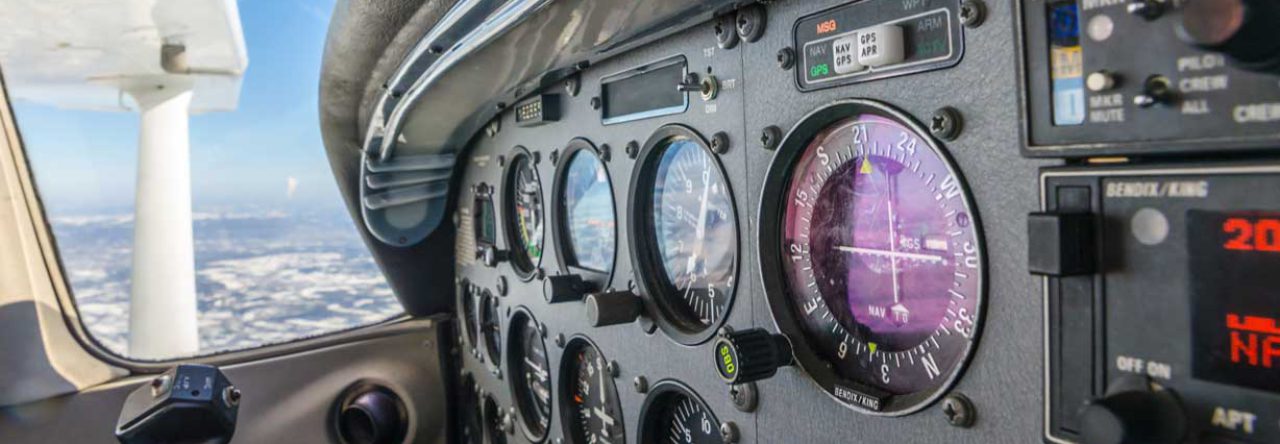What a good way to end the week, by committing aviation. I finished up work and headed out to the airfield so I could fly a little airplane. Awesome! I did the normal but important stuff, weather, preflight then a brief with my instructor before we headed out to do some precision flying.
Lined up on runway 3, made my callouts… “Engine instruments, green, green, green, airspeed alive…. approaching 50 kts, elevator back for rotate. Pitching for climb a Vy, 65 kts., staying aligned with the centerline of the runway.” Starting to come more natural.
We turned crosswind and continued climb to 3000 ft into the practice area. We started out with some cruise turns at 20 degrees and 30 degrees. These are a piece of cake now. Then we adjusted to 95 kts, 3000 ft level and started right hand steep turns. Today… bang on holding altitude. YAY!!!!! Next left hand steep turns… I lost 200 ft… BOOOOO! What the heck… I had no issue with left steep turns before… hmmm. After a few minutes of mulling it over… I think that the haze on the horizon was throwing off my site picture. also, it was a little bumpy today, so even in level flight we were up and down a bit. I know I know… excuses excuses.
Next we dropped to 70 kts and tried a few slips. I did better this time but still not great. The first slip, I didn’t add all of the rudder. The second slip was better but still not pitching forward hard enough. Overall I did better this time.
Lastly, before heading back to the airfield we worked on transitioning to slow flight, 50 kts dirty (dirty means landing configuration, 30 degrees flaps). My instructor warned me about having to give it right rudder to keep the heading and noted the heading on the compass and heading indicator. First time, I thought I did well… held altitude right on. “You deviated from you heading by 20 degrees.” uh, what? Ooooh right, dummy, you should have picked up on the clues. So we try it again. This time, I’m paying a bit more attention but still deviated 15 degrees. Sigh……
So one of the reasons I was having a hard time today in some of the maneuvers was we have now started working on the precision part of flight training. After the flight we talked about the check ride tolerances that I will need to meet and part of that is, holding altitude within a certain range on a steep turn and holding heading to a range during slow flight when the aircraft wants to pull left. Pretty cool but I gots lots of work to do.
So…. we head back towards TTA and setup on a 45 degree entry into downwind. We are aware that a warrior just took off and is staying in the pattern so we make a radio call to make it clear that we are going to slip in behind the warrior number 2 for landing. This time, I memorized the before landing check list. Seatbelts fastened and locked, Mixture Rich, Carb Heat on, airspeed 70 kts. YAY!!!!!! I am ahead of the airplane. Abeam the numbers, I am ready to go, throttle 1500, drop a notch of flaps pitch the horizon halfway between the nose and the compass. YAY!!!! I am still ahead of the airplane. Once the runway is 45 degrees off of our wing, clear left and turn base…. hmmm a little low… lets wait to drop flaps. Yay, I’m with the airplane. As we turn to final, drop the flaps to 20 degrees and shoot the numbers… Yeah, I got this. We are a little high, pull back throttle. My instructor says “Good but we need a little throttle” . I add back a little throttle. “Shoot the numbers at 65, shoot the numbers at 65” As soon as the numbers disappear under us, I look at the trees at the end of the runway… level off….. as we sink I slowly pull back until the trees disappear… hold…. hold… wheels touch… but…. um we are going back up a little….. we keep holding and settle down for a touch down. “Too Fast?” I say. “You didn’t remove all of the throttle.” ………..
Crap!
I was so focused on everything else and so confident… I forgot to pull out the rest of the throttle. Here I was, ahead of the airplane, dealing with a smidgen of crosswind and forgot a basic part of landing…. well, it is progress I suppose and I got my first bounced landing out of the way.
We taxi back to runway 3 for another cruise around the pattern. This time, I extend my upwind (Takeoff) leg to allow for another plane to enter the pattern at 45 degrees. I climb to 1200 ft (pattern altitude) on runway heading before turning crosswind. This time I was ahead or with the airplane all the way around. Landing was ok not great and I’m sure my instructor did a lot of work but… it felt pretty good. And this time, I cut the throttle all of the way.
Overall, I felt like I was flying the airplane today and not letting it fly me. Most of all, I feel like that I may actually be able land this thing one day on my own!

 “Rain rain go away,
“Rain rain go away,